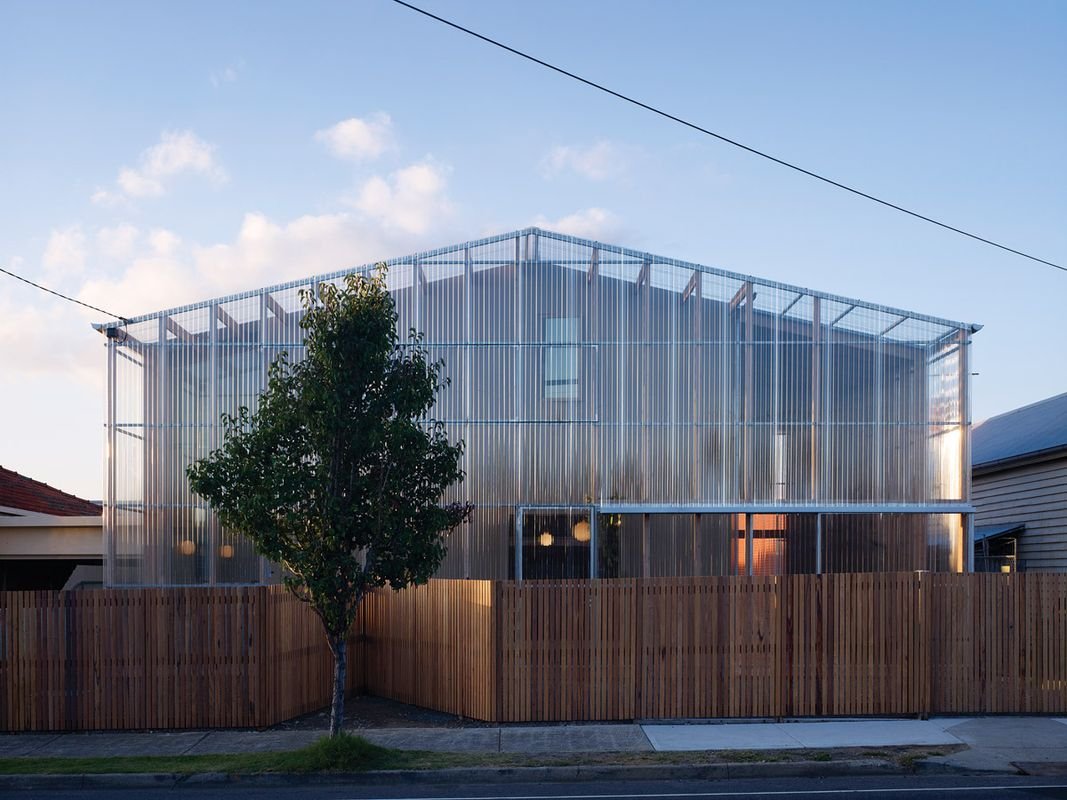Architecture is an art form that has been around for centuries. From grandiose buildings with intricate designs to modest homes with simplistic aesthetics, architects have created spaces that embody the needs and desires of their occupants. One architect who has mastered the art of creating tranquil spaces is Richard Stamptons. In this article, we will explore Richard Stamptons Quiet Architecture, its characteristics, and why it is gaining popularity in the modern world.
Who is Richard Stamptons?
Richard Stamptons is an American architect who has made a name for himself in the industry by creating spaces that exude calmness and tranquility. He is known for his minimalist approach to design and his ability to create spaces that blend seamlessly with the environment. His architectural designs are characterized by clean lines, simple shapes, and a muted color palette.
What is Quiet Architecture?
Quiet Architecture is an architectural design that focuses on creating spaces that promote calmness, tranquility, and relaxation. The aim of Quiet Architecture is to provide an escape from the chaos of the outside world and to create a serene environment that promotes a sense of well-being. Quiet Architecture is not just about creating a peaceful space but also about creating an emotional connection between the occupant and the space.
Characteristics of Quiet Architecture
The characteristics of Quiet Architecture are:
1. Minimalism
Quiet Architecture is characterized by a minimalist approach to design. This means that the design is simple, uncluttered, and stripped down to its essentials.
2. Natural Light
Natural light is an essential element of Quiet Architecture. Large windows, skylights, and other openings are used to allow natural light to flood the space.
3. Natural Materials
Quiet Architecture uses natural materials such as wood, stone, and concrete to create a connection between the built environment and the natural environment.
4. Soft Color Palette
A muted color palette consisting of soft, natural colors is used to create a calm and soothing atmosphere.
5. Spatial Harmony
Quiet Architecture creates a sense of spatial harmony by using a balance of proportion, scale, and rhythm to create a cohesive and tranquil space.
Benefits of Quiet Architecture
The benefits of Quiet Architecture are:
1. Promotes Well-being
Quiet Architecture promotes a sense of well-being by creating a calm and relaxing environment that helps reduce stress levels.
2. Improves Productivity
Quiet Architecture can improve productivity by creating a space that is free from distractions and promotes concentration.
3. Energy-efficient
Quiet Architecture can be energy-efficient by using natural light and ventilation to reduce the need for artificial lighting and heating.
4. Sustainable
Quiet Architecture can be sustainable by using natural materials that are renewable and environmentally friendly.
How to Achieve Quiet Architecture
To achieve Quiet Architecture, the following design elements should be considered:
1. Simplicity
Keep the design simple and uncluttered.
2. Natural Light
Incorporate large windows, skylights, and other openings to allow natural light to flood the space.
3. Natural Materials
Use natural materials such as wood, stone, and concrete to create a connection between the built environment and the natural environment.
4. Soft Color Palette
Use a muted color palette consisting of soft, natural colors to create a calm and soothing atmosphere.
5. Spatial Harmony
Create a sense of spatial harmony by using a balance of proportion, scale, and rhythm to create a cohesive and tranquil space.
Examples of Richard Stamptons Quiet Architecture
Richard Stamptons’ architectural designs are a perfect example of Quiet Architecture. He has designed several buildings that embody the principles of Quiet Architecture. Some of his notable works include:
1. The Glass House
The Glass House is a 1,800-square-foot building that was designed by Richard Stamptons. It is located in New Canaan, Connecticut, and was completed in 1949. The Glass House is a prime example of Quiet Architecture, with its simple design, large windows, and use of natural materials.
2. The Farnsworth House
The Farnsworth House is another example of Richard Stamptons’ Quiet Architecture. It is located in Plano, Illinois, and was completed in 1951. The Farnsworth House is a minimalist structure that is designed to blend seamlessly with its surroundings.
3. The Chapel of Saint Ignatius
The Chapel of Saint Ignatius is a religious building that was designed by Richard Stamptons. It is located on the campus of Seattle University in Seattle, Washington, and was completed in 1997. The Chapel of Saint Ignatius is a stunning example of Quiet Architecture, with its use of natural light, muted color palette, and simple design.
Quiet Architecture in the Modern World
Quiet Architecture is becoming increasingly popular in the modern world. With the rise of mindfulness and wellness, people are seeking spaces that promote calmness and relaxation. Quiet Architecture provides the perfect solution, with its focus on creating spaces that promote well-being.
Future of Quiet Architecture
The future of Quiet Architecture looks bright. As more people become aware of the benefits of creating spaces that promote well-being, there will be an increasing demand for Quiet Architecture. Architects like Richard Stamptons will continue to push the boundaries of design to create spaces that promote tranquility and relaxation.
Conclusion
Richard Stamptons’ Quiet Architecture is a design philosophy that focuses on creating spaces that promote calmness, relaxation, and well-being. It is characterized by a minimalist approach to design, the use of natural materials, and a muted color palette. Quiet Architecture is becoming increasingly popular in the modern world as people seek spaces that promote well-being.
FAQs
- What is Quiet Architecture?
- Quiet Architecture is an architectural design that focuses on creating spaces that promote calmness, tranquility, and relaxation.
- Quiet Architecture is an architectural design that focuses on creating spaces that promote calmness, tranquility, and relaxation.
- Who is Richard Stamptons?
- Richard Stamptons is an American architect who has made a name for himself in the industry by creating spaces that exude calmness and tranquility.
- Richard Stamptons is an American architect who has made a name for himself in the industry by creating spaces that exude calmness and tranquility.
- What are the benefits of Quiet Architecture?
- The benefits of Quiet Architecture include promoting well-being, improving productivity, being energy-efficient, and being sustainable.
- The benefits of Quiet Architecture include promoting well-being, improving productivity, being energy-efficient, and being sustainable.
- What are the characteristics of Quiet Architecture?
- The characteristics of Quiet Architecture include minimalism, natural light, natural materials, a soft color palette, and spatial harmony.
- The characteristics of Quiet Architecture include minimalism, natural light, natural materials, a soft color palette, and spatial harmony.
- What is the future of Quiet Architecture?
- The future of Quiet Architecture looks bright as more people become aware of the benefits of creating spaces that promote well-being.



